What is Extended Reality and How it is Transforming Education?
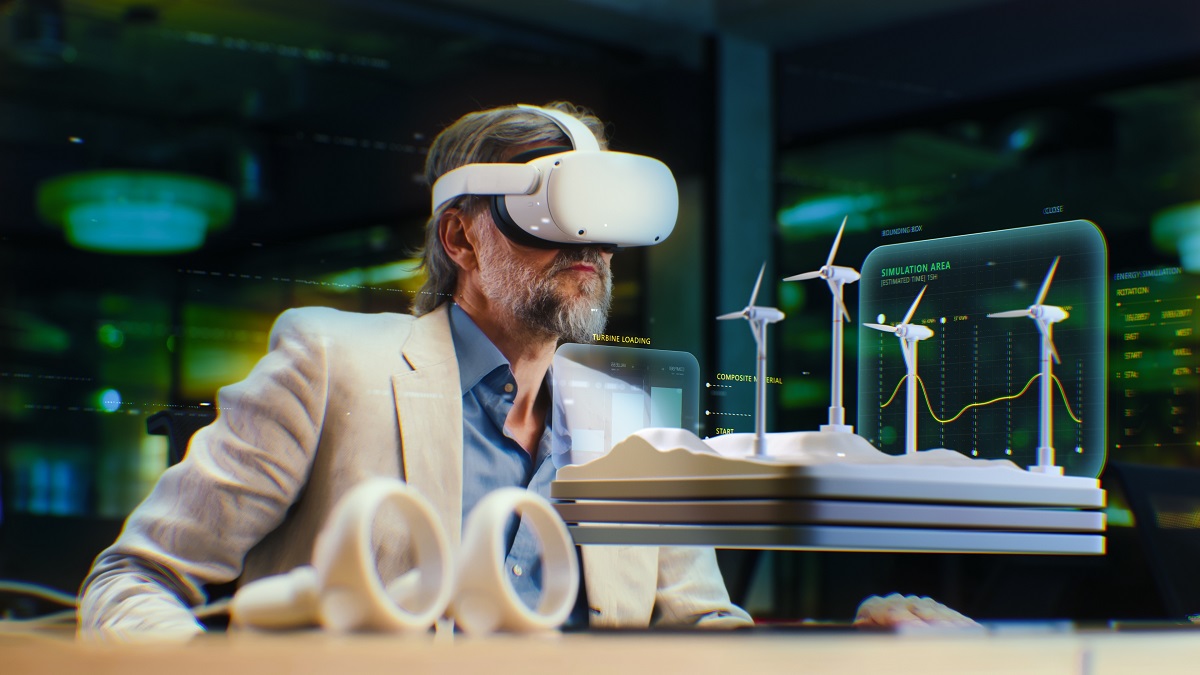
The rise of the digital era has brought a wave of technological advancements that continue to shape and reshape many aspects of our lives.
Amid this wave of technological transformation, Extended Reality (XR) emerges as a cutting-edge development that's not just reshaping entertainment and industry but is transforming the very core of how we educate and learn.
Extended Reality encapsulates a combination of Virtual Reality (VR), Augmented Reality (AR), and Mixed Reality (MR), each contributing to a unique blend of virtual and physical interactions.
While VR immerses users in entirely simulated environments, AR overlays virtual objects onto real-world settings, and MR bridges the two, creating a seamless interaction of both realms.
Collectively, these technologies craft immersive experiences that augment our ability to perceive and engage with both virtual and physical realms.
The applications of XR in the educational sphere are particularly thrilling, offering a vast landscape of possibilities ranging from immersive learning experiences to global collaboration and hands-on simulations.
But as with any revolutionary technology, challenges and complexities arise in implementing XR, ranging from technical and accessibility issues to health and safety concerns.
This blog will delve into the world of Extended Reality, exploring its underlying technologies, its transformative applications in education, the challenges faced in its implementation, and a step-by-step guide to integrating XR into educational settings.
Join us as we unravel the future of higher education through the lens of Extended Reality, a future filled with promise, innovation, and boundless potential.
What is Extended Reality Technology?
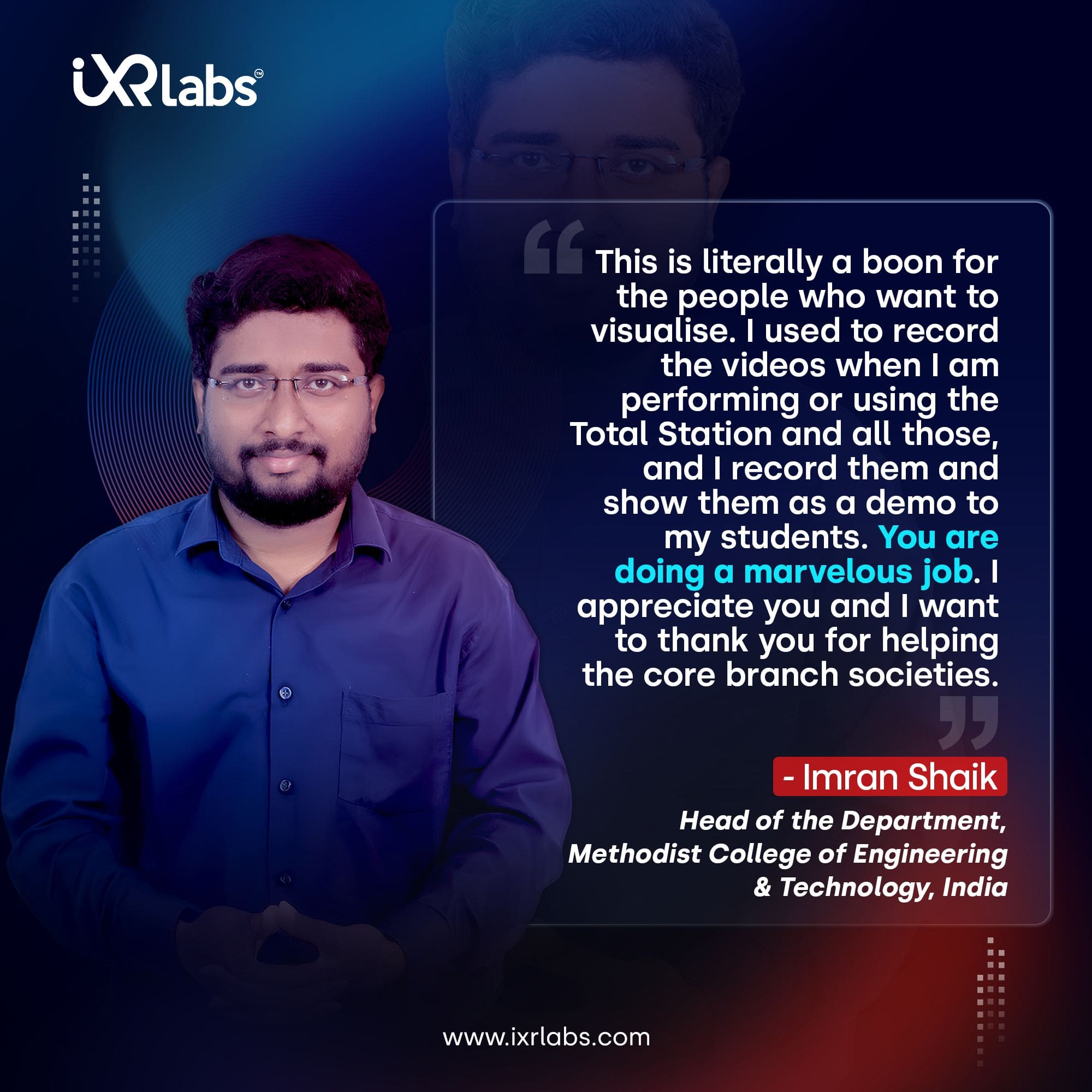
Extended Reality Technology, also known as XR, opens up a whole new dimension of digital experience by blending virtual and physical realities.
XR serves as an overarching term encompassing three main categories: Virtual Reality (VR), Augmented Reality (AR), and Mixed Reality (MR).
Virtual Reality (VR) takes users on an immersive journey to entirely simulated environments, detached from the real world.
By donning specialized VR headsets like the Oculus Rift or HTC Vive, individuals can freely explore and interact within these captivating virtual landscapes.
Augmented Reality, on the other hand, enriches the user's real-world view by superimposing digital elements onto it.
AR glasses or smartphones can be used to witness virtual objects seamlessly integrated into the physical surroundings.
Popular examples include applications like Pokémon Go or tools that let you virtually place furniture in your room before making a purchase.
Mixed Reality serves as a captivating bridge between VR and AR. It combines elements of both technologies, allowing real and virtual objects to coexist and interact in real time.
Devices like Microsoft's HoloLens take the user experience to another level, as they can manipulate and see virtual objects as if they were physically present in their surroundings.
Altogether, these three technologies form the captivating world of Extended Reality. XR seamlessly unifies and integrates digital content with our tangible world, offering immersive experiences that elevate our perception and interaction with both the physical and virtual environments.
Embracing XR opens up exciting possibilities for enhancing our digital encounters like never before.
Applications of Extended Reality in Education
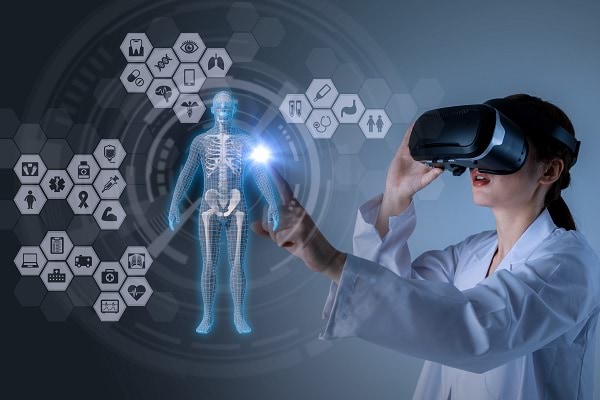
The applications of Extended Reality in education are manifold and transformative. From creating rich, immersive learning experiences to enabling global collaboration and providing practical, risk-free training, XR is redefining the educational landscape
Here's how XR is making waves in the education field, opening new doors to immersive learning experiences, remote collaboration, and practical training.
Immersive Learning Experiences
Extended Reality offers students a more engaging and interactive way to learn by immersing them in the subject matter.
Unlike traditional learning methods that rely on textbooks and lectures, XR creates virtual environments where students can explore concepts first-hand.
For example, a history lesson can become a virtual tour of ancient civilizations, and a biology class can include a 3D exploration of the human body.
These experiences not only enhance students' understanding but also make learning more appealing and memorable.
Remote Collaboration
In a world where distance learning is becoming more prevalent, XR stands out as a tool that fosters collaboration and communication across geographical boundaries.
Through Mixed Reality, students from different parts of the world can interact in shared virtual spaces, working together on projects or engaging in collaborative research.
Educators can guide and observe student interactions in real time, offering a more personalized learning experience, irrespective of physical location.
Practical Training and Simulations
One of the most compelling applications of XR in education is the provision of hands-on training through realistic simulations.
This is especially valuable in fields like medicine, engineering, or vocational training where real-world practice can be costly or risky.
With XR, students can practice surgical procedures, explore engineering concepts, or learn craftsmanship in controlled virtual environments that mimic real-world scenarios.
These simulations offer a safe space for trial and error, allowing students to gain practical experience and build confidence in their skills.
"Discover how Extended Reality (XR) is transforming education by creating dynamic, engaging, and immersive learning experiences. Click here to learn how XR can revolutionize the way we teach and learn!"
Challenges of XR in Education
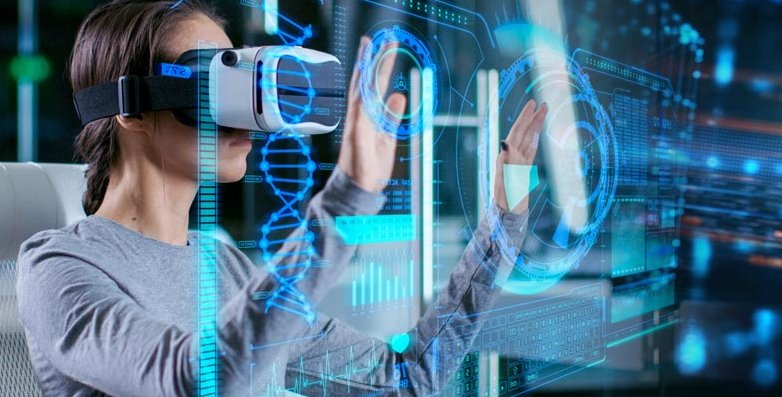 Source: eInfochips
Source: eInfochips
While Extended Reality (XR) offers exciting possibilities, especially in the world of education, implementing this technology is not without its challenges.
Here are some of the major hurdles that must be addressed to fully realize the potential of XR:
Technical Challenges
The implementation of XR technologies presents various technical obstacles that can hinder a seamless integration into existing systems:
● Compatibility: Not all XR tools and applications are compatible with existing hardware and software, leading to potential conflicts and disruptions.
● Integration: Merging XR with current educational platforms, curricula, and tools requires meticulous planning and expertise to ensure a cohesive and efficient learning experience.
● Hardware Requirements: XR often necessitates substantial investments in high-quality devices like VR headsets and AR glasses. Schools and institutions may find these requirements financially burdensome or logistically challenging.
Accessibility and Equity Concerns
The adoption of XR technologies can exacerbate existing inequalities in education:
● Digital Divide: Students from different socioeconomic backgrounds may have disparate access to XR devices or internet connectivity.
This can result in an uneven playing field where some students are left behind in immersive learning experiences.
● Special Educational Needs: Ensuring that XR learning solutions are inclusive and accessible to all learners, including those with disabilities, presents another layer of complexity.
Health and Safety Concerns
The immersive nature of XR can lead to unexpected health and safety issues:
● Eye Strain: Prolonged use of XR devices, especially VR headsets, may cause eye strain and discomfort.
● Motion Sickness: Some users might experience motion sickness in VR or nausea during immersive experiences, which can affect their ability to engage with the content.
● Physical Fatigue: Extended sessions with XR tools can lead to physical fatigue, requiring careful consideration of usage time and potential health impacts.
Future of XR in Higher Education
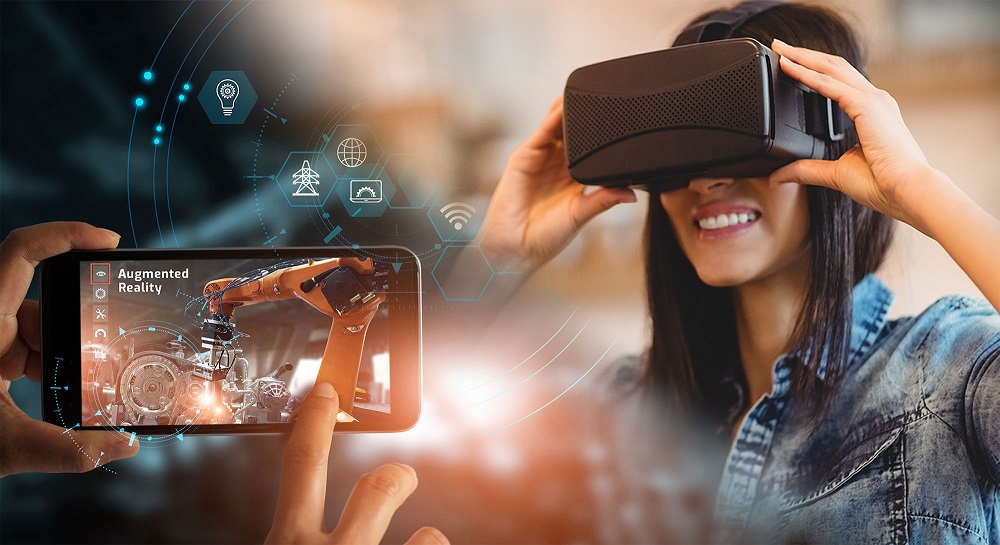 Source: GP Strategies
Source: GP Strategies
The future of XR in higher education promises a transformational shift in the way students learn and engage with academic content.
As AI and virtual reality converge, virtual reality world emerges, and institutions adopt XR as a mainstream teaching tool, the educational landscape will evolve into an exciting and dynamic world of immersive learning experiences.
Integration of AI and Virtual Reality: As XR continues to evolve, we will witness the convergence of AI and virtual reality technologies.
AI algorithms will enhance virtual reality experiences, enabling personalized and adaptive learning environments for students.
The Emergence of Virtual Reality World: In the future, we can expect the creation of an expansive virtual reality world dedicated to higher education.
These immersive environments will serve as hubs for collaborative learning, research simulations, and interactive academic activities.
Riding the Higher Education Technology Trends: XR will undoubtedly be at the forefront of higher education technology trends.
Institutions that embrace and integrate XR into their teaching methodologies will stand out and attract more students seeking innovative learning experiences.
VR for Higher Education Becomes Mainstream: Virtual reality will become a standard tool in higher education.
Professors and educators will incorporate VR into their teaching practices to offer engaging and interactive lessons that resonate with tech-savvy students.
Enhancing Virtual Teaching: XR will play a crucial role in enhancing virtual teaching methods. Educators will have access to advanced tools and platforms that empower them to deliver dynamic lectures, host virtual seminars, and conduct immersive workshops.
Source: Kalypso
Integrating Extended Reality (XR) into educational settings can be a transformative step toward modern, immersive learning experiences.
However, the process requires careful planning and consideration. Here's a step-by-step guide to help educators, administrators, and institutions navigate this exciting journey:
Step 1: Identifying Learning Objectives
Before diving into the technology, educators must identify the learning objectives that XR can enhance.
Understanding which content areas will benefit from immersive experiences can lead to a more purposeful and effective implementation.
● Analyze Curriculum Needs: Determine where XR can add value, such as in complex scientific simulations or historical recreations.
● Align with Educational Goals: Ensure that XR aligns with overall educational targets, enhancing rather than distracting from learning outcomes.
Step 2: Conducting Technology Assessments
Assessing the available technology is key to ensuring a successful integration:
● Evaluate Hardware and Software Requirements: Understand what tools are needed, considering aspects like compatibility, costs, and scalability.
● Assess Technical Support Needs: Determine the level of support required, both in terms of IT infrastructure and ongoing maintenance.
Step 3: Professional Development for Educators
Teachers and staff are integral to the successful adoption of XR, and their preparation is crucial:
● Offer Training Programs: Provide professional development to familiarize educators with XR tools, instructional strategies, and best practices.
● Create Support Networks: Foster a community of practice to enable ongoing collaboration, sharing, and support among educators.
Step 4: Pilot Projects and Feedback
Starting small with pilot projects can refine the implementation process:
● Launch Small-Scale Trials: Begin with a few classrooms or subjects, allowing for controlled testing and learning.
● Collect and Analyze Feedback: Use feedback from students, teachers, and administrators to understand what works and what needs refinement.
Step 5: Ethical Considerations
Integrating XR must be done with an eye toward ethical concerns:
● Data Privacy: Ensure that the use of XR complies with privacy regulations and protects student data.
● Content Appropriateness: Assess content for cultural sensitivity and age-appropriateness, maintaining a respectful and inclusive learning environment.
Conclusion
Thus, in conclusion, Extended Reality (XR) stands at the frontier of educational innovation, offering a gateway to immersive and interactive learning experiences that were previously unimaginable.
By combining the potentials of Virtual Reality (VR), Augmented Reality (AR), and Mixed Reality (MR), XR has begun to redefine how we teach, learn, and collaborate.
From the provision of engaging educational content that can make complex subjects come to life, to the facilitation of remote collaboration and practical hands-on training, the applications of XR are wide-ranging.
However, as with any transformative technology, XR's journey into mainstream education is fraught with challenges.
Technical difficulties, accessibility concerns, health and safety issues, and ethical considerations must all be navigated with care and attention.
The successful implementation of XR in education is not merely about integrating cutting-edge technology; it's about a strategic, purpose-driven approach that aligns with educational goals, involves meticulous planning, emphasizes professional development, and maintains ethical standards.
Educators, administrators, and policymakers must work collaboratively to ensure that XR is not just a fleeting trend but a sustainable and meaningful enhancement to education.
By embracing the potential and addressing the challenges with wisdom and foresight, we can unlock a new dimension in education that enriches learning, bridges distances, and prepares students for a future where digital and physical realities are seamlessly integrated.
The journey towards this exciting future is filled with opportunities and obstacles, but with thoughtful execution, the promise of XR in education can become a thriving reality.
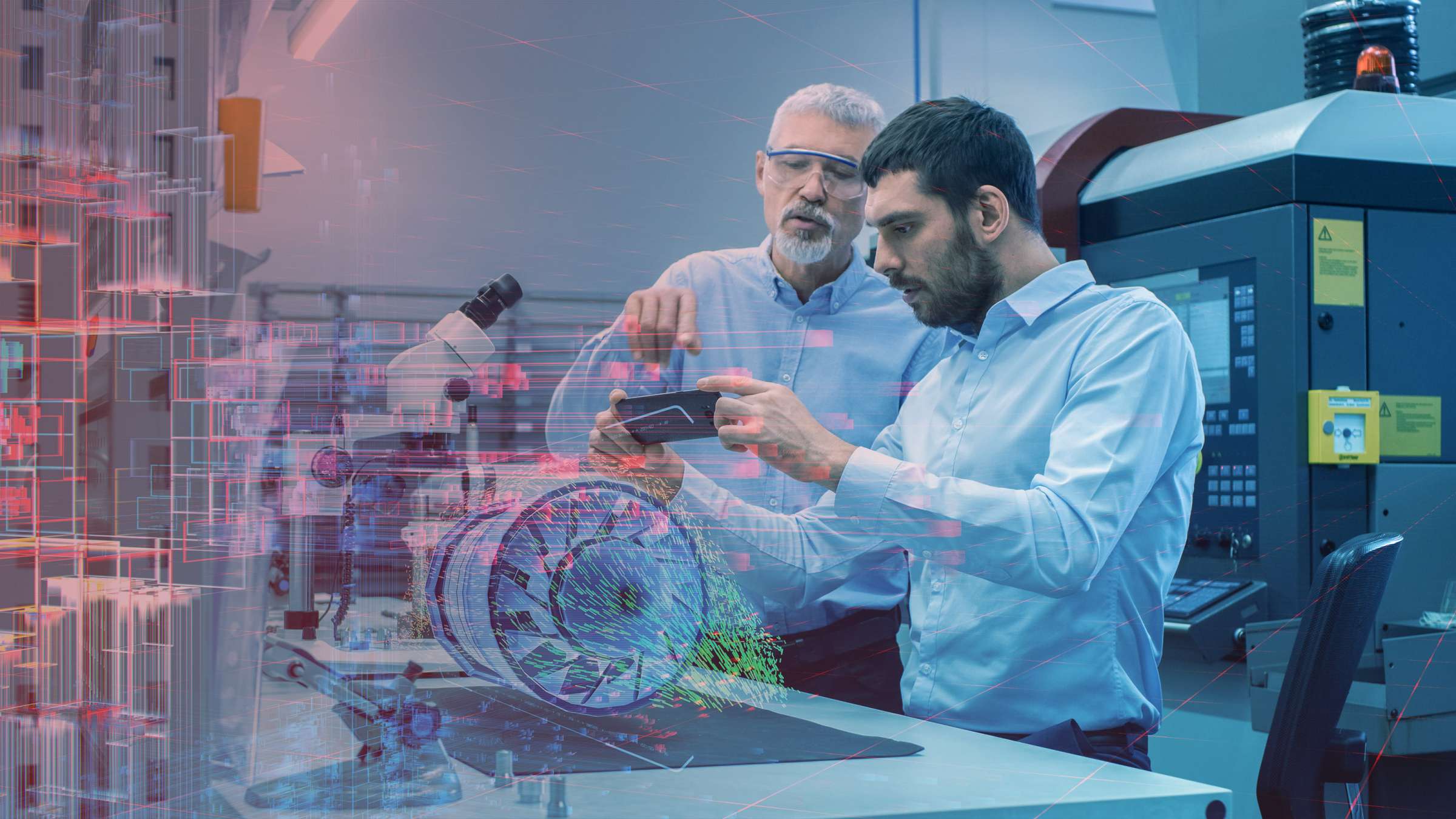
.png)




